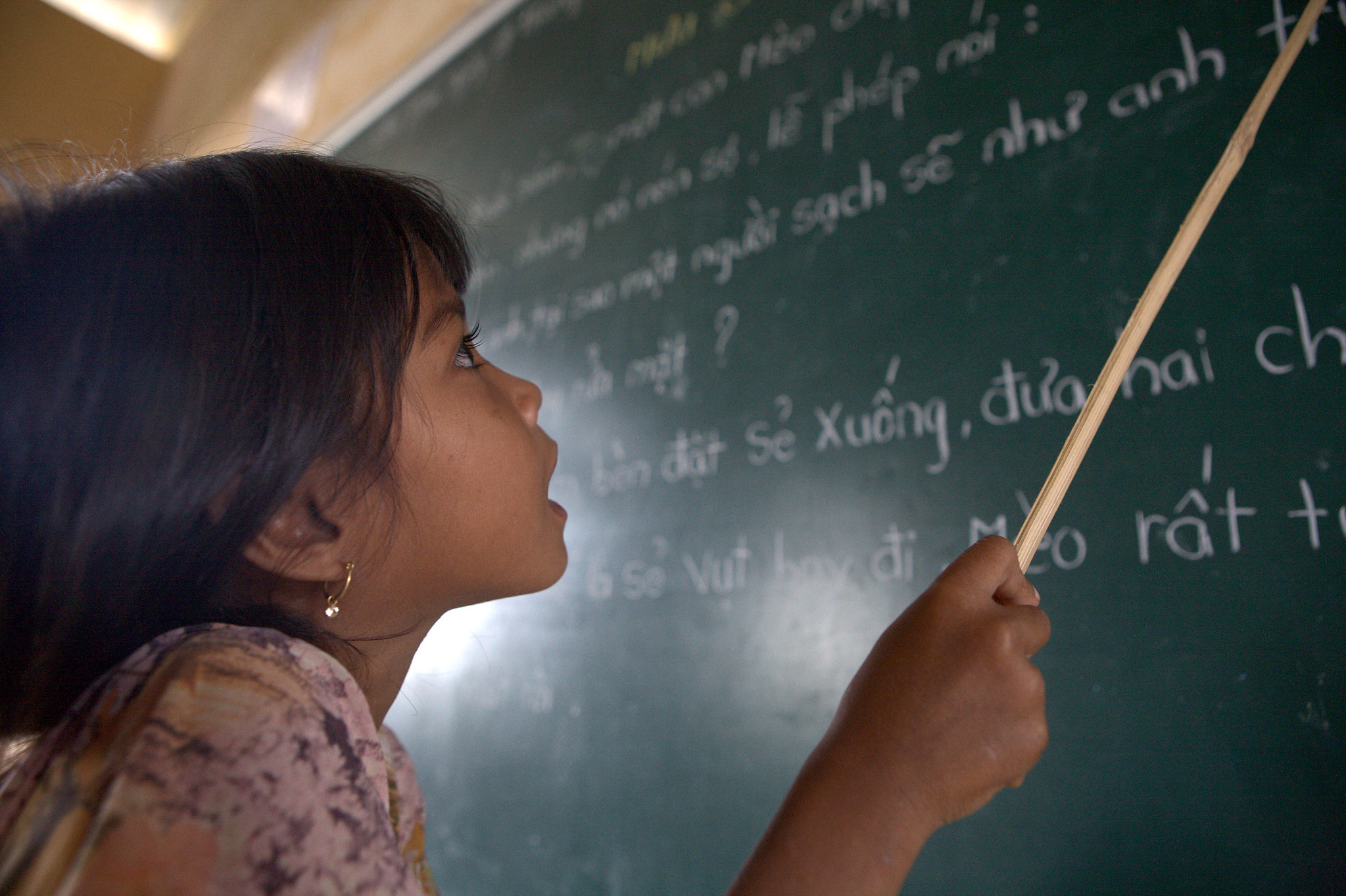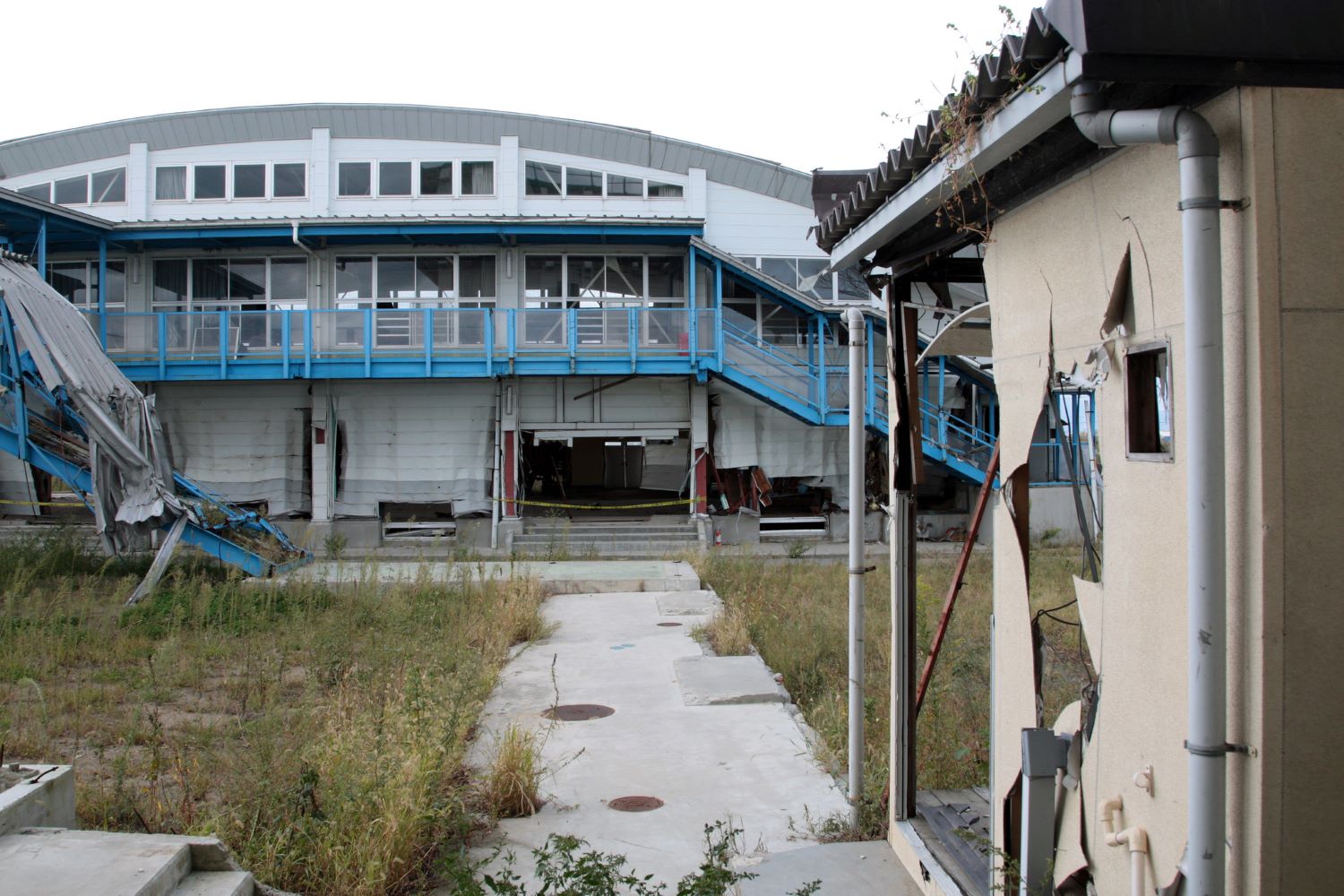This is a joint posting with David WheelerThe International Finance Corporation, the private sector investment arm of the World Bank, is set to have yet another banner year with profits in the range of $2 billion. As the IFC's equity stakes in services, telecommunications and particularly in oil and gas have grown, so have its profits. In FY07, IFC invested more than $8 billion of its own money and mobilized nearly $4 billion more. In Sub-Saharan Africa, it invested about $1.4 billion, doubling its investments from the previous year. In FY08, these numbers look to be even larger. If the IFC continues on its current path, in five years its portfolio will be larger than that of the World Bank itself.What should the IFC do with these profits? Last year, the IFC signed an agreement to transfer $1.75 billion to IDA, so that the World Bank could increase its lending to countries which qualify for its low-interest loans. The IFC also allocated $100 million for micro equity funds for small business development, also for IDA countries. Clearly the pressure is on for the IFC to do more of this, but is this really the best use of IFC profits? We think not.As more money is poured into IDA, there is a real risk of investing in projects of decreasing quality, just to get the money out the door. More importantly, by transferring money into IDA's conventional projects, the IFC loses the opportunity to exercise its unique comparative advantage -- leveraging equity stakes in privately held companies on behalf of poor people in developing countries. Nowhere are the opportunities greater -- or poor people's needs more urgent -- than in private-sector investment in low-cost renewable energy.And profitable opportunities are ripe for IFC leadership. Recent research has shown that baseload-scale solar thermal power is now lower-cost than high-efficiency coal-fired power at a carbon dioxide emissions charge well below the level consistent with the European Union's new climate action plan, and far below the level recommended by the Stern Review (Wheeler and Ummel, 2008, forthcoming as a CGD working paper; see the presentation slides). Using carbon charges to guide project selection is now feasible (but yet to be included in the IFC's accounting of oil and gas projects), because new bilateral and multilateral clean technology funds are available to finance the incremental cost gap between dirty and clean power. The IFC has an unprecedented opportunity to finance major shifts toward clean energy as opposed to changes at the margin. It can play a central role in dramatically boosting global demand for renewable energy, and thus helping to drive down costs through learning and economies of scale.We know that bureaucratic incentives are powerful and that the IFC will be under tremendous pressure from its (currently) larger partner, the World Bank to transfer its profits to IDA. Contributions to IDA will in turn lead to less pressure from the World Bank on issues like carbon shadow pricing -- why bother when business as usual is yielding such high profits? But the IFC must take a different path. Now more than ever, it needs to focus its considerable resources and talent on solving the greatest market failure the world has ever seen.
CGD blog posts reflect the views of the authors, drawing on prior research and experience in their areas of expertise.
CGD is a nonpartisan, independent organization and does not take institutional positions.





